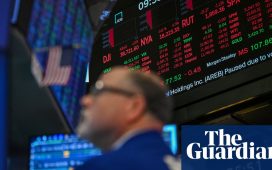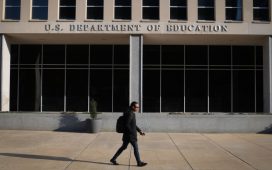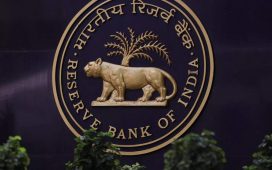Receive free The FT View updates
We’ll send you a myFT Daily Digest email rounding up the latest The FT View news every morning.
With its ballooning costs and delays, Britain’s HS2 rail project has become a case study in how not to run a railway. The country that invented rail transport seems unable today to manage a project for a high-speed line between its capital and its second and third-largest cities. Yet to scrap or significantly delay the section between Birmingham and Manchester, as Conservative prime minister Rishi Sunak is said to be considering, would not just be a serious blow to economic prospects and the government’s vaunted desire to “level up” less well-off regions. It would further undermine Britain’s credibility as a predictable place to do business.
HS2’s costs do, it is true, resemble a runaway train. The £70bn price tag for what remains of the project (its eastern leg to Leeds was already scrapped in 2021) is set to be revised upwards to account for inflation to nearer £91bn, according to Financial Times calculations. A further review is urgently needed on how to control the costs, and find potential savings from trimming the line’s gold-plated specifications on speed, train size and frequency.
But the underlying case for HS2 is one of capacity, more than speed. Its origins lie in a 2003 strategic study that projected Britain’s two main London-Scotland rail arteries, the east and west coast lines, would be severely overcrowded by the early 2030s. Despite Covid-19, this is on course to happen; by the first quarter of this year passenger journeys had already recovered to 88 per cent of pre-pandemic levels. HS2 is not just a solution on passenger capacity but has become vital to Britain’s net zero goals, to free up the existing lines to take much more freight off the roads.
Building HS2 from London only as far as Birmingham would not alleviate the worst bottlenecks, which are north of Birmingham — and terminating it at a new west London station rather than central London Euston would further sap its viability. To avoid costly logjams, billions would still need to be spent on widening or bypassing parts of the west coast line — and no “plan B” exists to do so. The dizzyingly expensive carousel of design, planning and environmental signoffs would have to start up again.
That would reduce the money that could be diverted away from building HS2’s Manchester leg, as the government might tout, to other train, bus and tram projects. Some HS2 critics suggest money could be better spent ploughing ahead with Northern Powerhouse Rail, linking Manchester to Liverpool and Leeds. But this was envisaged to link up with the fast line to the south. HS2 is meant to open up a web of new connections in the Midlands, too.
Most importantly, as the elected mayors of Greater Manchester (Labour) and the West Midlands (Conservative) both argue, the promise of HS2 and the integrated economy it would facilitate has already attracted billions of pounds of investment to their regions. Billions more are in the pipeline. Studies have found that, while they often underestimate costs, official UK cost-benefit analyses often fail to capture fully the “dynamic” effects of major infrastructure ventures on boosting growth, productivity and job creation.
Scrapping or delaying a big chunk of HS2 would jeopardise many of those benefits. The project should be seen, too, as an investment in developing Britain’s domestic construction industry and supply chain, an area the government has seen as an industrial priority.
The costs must be constrained, but a big U-turn on HS2 would raise more doubts, after Downing Street watered down policies aimed at meeting its net zero target, over whether British governments can be trusted to fulfil their commitments. It would surely intensify questions among businesses and investors over whether the UK has the governmental and institutional talent and capacity to run a 21st-century economy.








